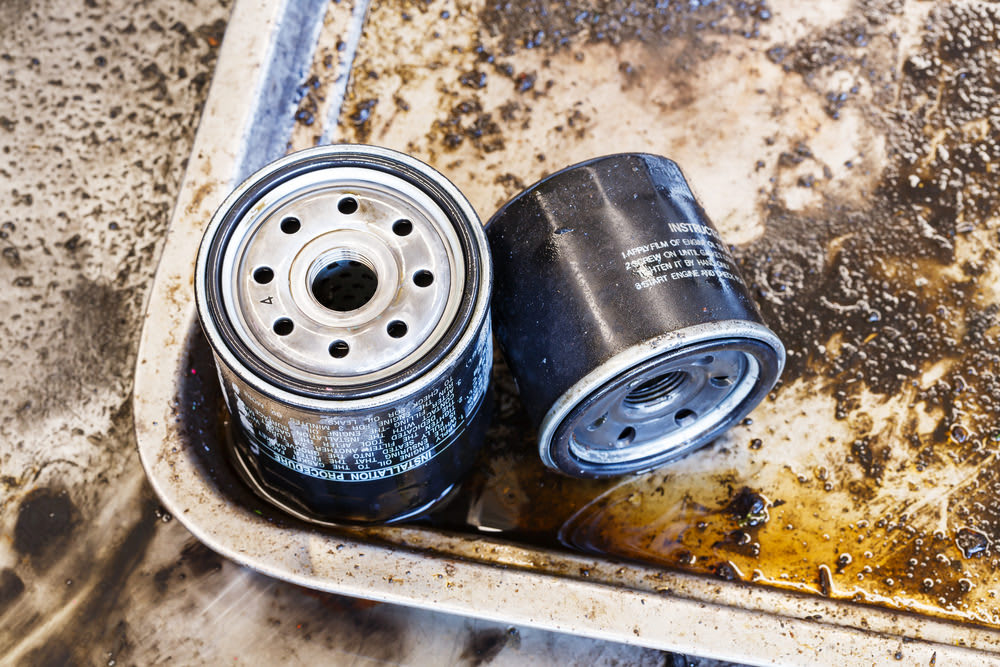

At the most basic level, oil filters serve the purpose of preventing contaminants, such as dirt and debris, from reaching the oil in your vehicle. This is important because grit and grime in your oil can damage engine surfaces and components while circulating through the engine’s systems instead of doing its job of lubrication. As a general rule, you should replace the oil filter – a relatively inexpensive part – whenever you have your oil changed as a preventative measure, which varies in frequency depending on the needs of your car or truck’s make and model. This information can be found in your vehicle’s maintenance guidelines in the owner’s manual.
Although the operation of an oil filter sounds fairly straightforward, there are actually quite a few components to this essential part of your engine’s operation system. Here is an overview of the oil filter parts to help you better understand how an oil filter works:
Tapping plate/gasket: This is where oil enters and exits the oil filter. It is comprised of a center hole surrounded by smaller holes. Oil enters through the small holes on the outskirts of the tapping plate, also known as a gasket, and exits through the center hole, which is threaded to attach the part to your engine.
Anti-drain back valve: This is a flap-like valve that prevents oil from seeping back into the oil filter from the engine when your vehicle is not running.
Filter medium: This is the actual filter part of your oil filter – a medium composed of microscopic cellulose fibers and synthetic fibers that act as a sieve to catch contaminants before the oil reaches the engine. This medium is pleated, or folded, for greatest efficacy.
Center steel tube: Once the oil is filtered of any grit and debris, it passes back into the engine through a center steel tube.
Relief valve: When the engine is cold, such as upon start-up, it still requires oil. At low temperatures, however, the oil is too thick to pass through the filter medium. The relief valve allows small amounts of unfiltered oil into the engine to meet lubrication needs until the oil has heated enough to pass through the oil filter normally.
End discs: On either side of the filter medium lies an end disc, usually made of fiber or metal. These discs prevent unfiltered oil from reaching the center steel tube and passing into the engine. They are held firmly in place against the tapping plate by thin pieces of metal called retainers.
As you can see from this list of oil filter parts, answering the question of how a filter works involves more than just sifting out debris through a filter medium. Your vehicle’s oil filter is designed not just to remove contaminants but also to keep the filtered and unfiltered oil in their proper areas as well as feed oil in a less-than-desirable form when the engine requires it. If you have any confusion regarding how an oil filter works or suspect there is an issue with the filter in your vehicle, don’t hesitate to call one of our knowledgeable technicians for a consultation.



